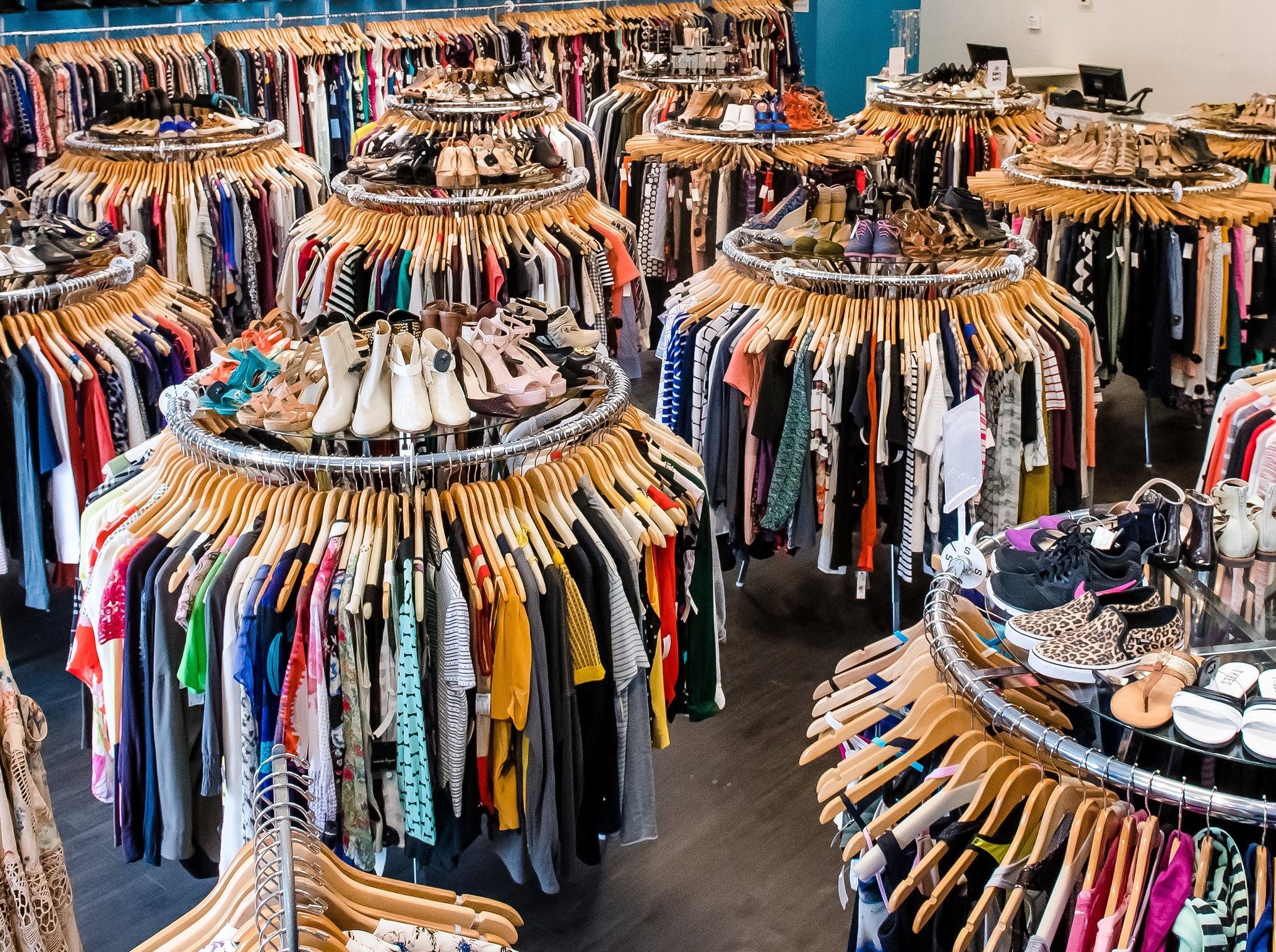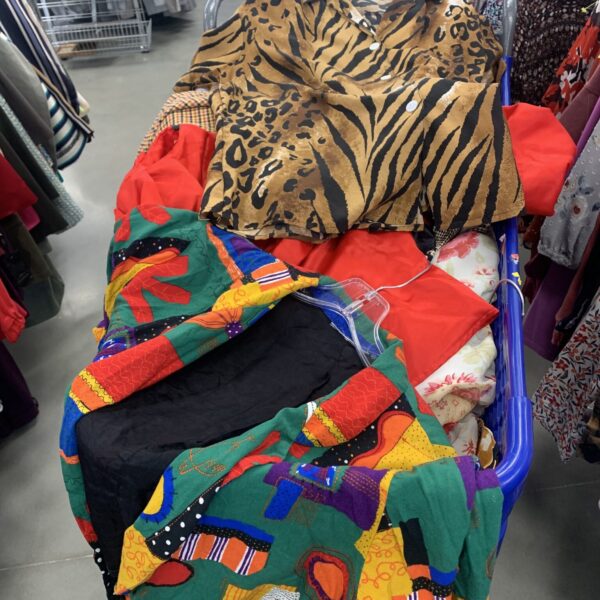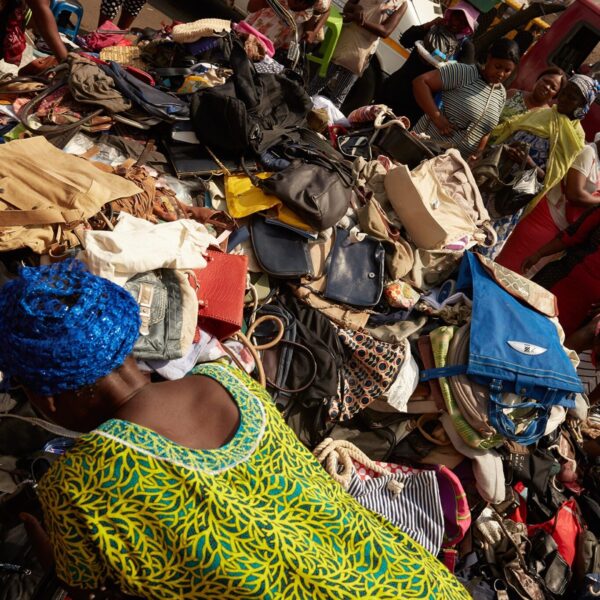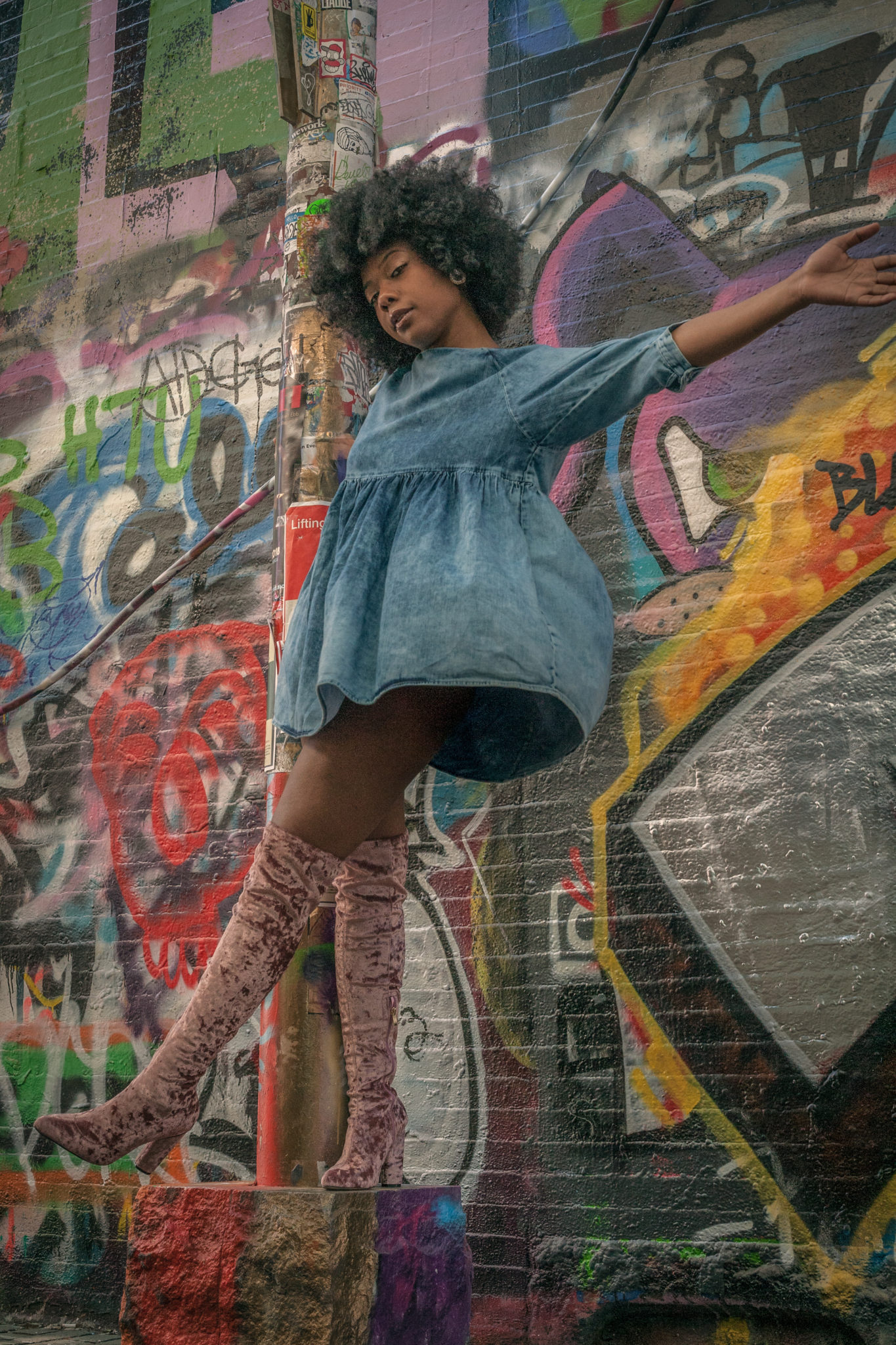By: Key Michel
Thrift stores have always had a reputation of thriving during the recession. If there was any industry that was recession proof; it was the resale fashion industry. People are already discussing the influx of newbie and seasoned thrifters; that have been shopping during this economic transit. As shoppers have increased; the donation rate at various thrift stores have drastically decreased.
My keene observations started in late August 2022, when I started thrifting for fall fashion. I decided to go to one of my favorite thrift stores in the city; and I also went there in the first week of September. During these thrift trips the racks where stacked and filled with gems, to the point was hard to even move through them; but in hindsight this is a thrifters dream.
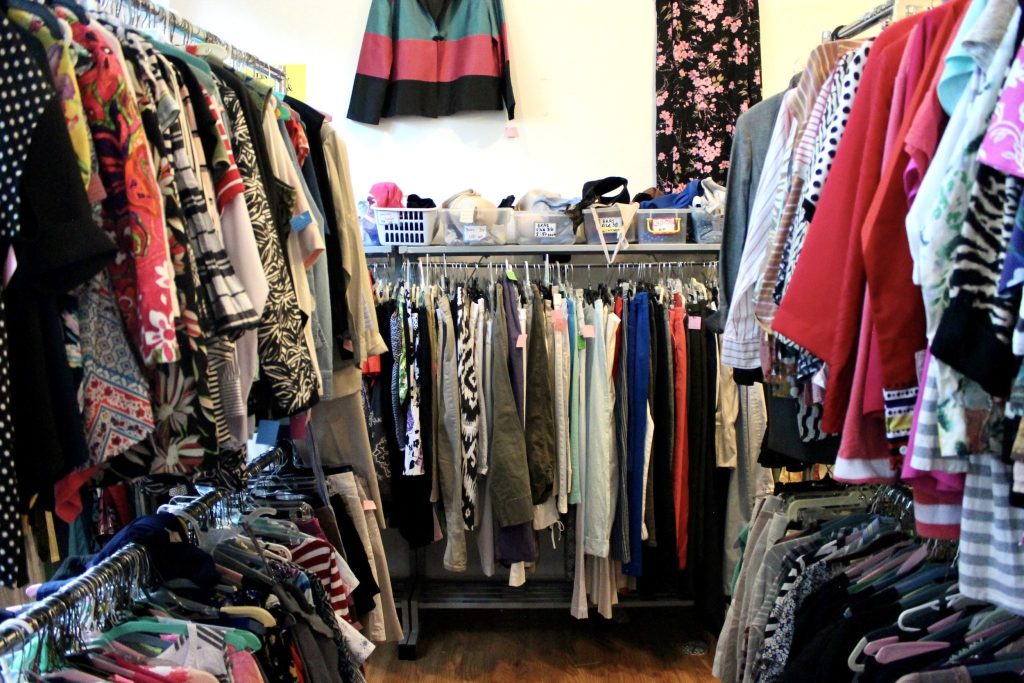
I decided to check the store out again in October 2022; and it didn’t take long for me to observe that things have changed. Racks were no longer stacked, in fact some of the racks were quite empty. Sections of clothing that were once filled with items; have now been moved around to different parts of the store, due to the lack of inventory.
The store was still packed as always, but the decrease in donations was felt and seen. I went to a completely different thrift store, and observed the same empty racks which reflects the decrease in donations.
During the pandemic a lot of people were shopping and thrifting online; and we can see the effects of the pandemic on thrift stores due to the rise in donated fast fashion; but the evolution in the resale market also plays a role. People who previously donated to thrift stores, have now resulted to reselling their items online during the recession. There were also a lot of people who resold their items during the pandemic; and created their own online vintage stores. 2020 saw a rise in instagram thrift stores; with many of them transitioning into digital content creators post pandemic.
Another reason for the lack of donations is that some people haven’t purged their closets out; while others people didn’t shop or thrift at all during the pandemic; so they have no items to donate.
Lastly, it isn’t on every customers radar to donate to the thrift store. There is a population of thrifters who never donate; but only shop because donating isn’t on their forefront.
If thrift stores want to keep up with the demand in thrifters; they have to make it known that they need more supply. Whether it’s marketing throughout the stores with signs and voiceovers, giving a discount incentive for donating, or educating thrifters on how donating can serve as a tax right-off. Moving forward, there has to be effective and continuous communication between the store’s needs and the consumers.
Have you been observing a lack of donations at your local thrift stores?


